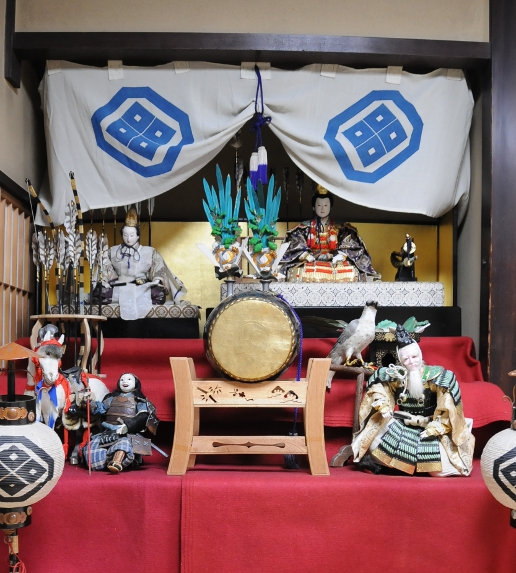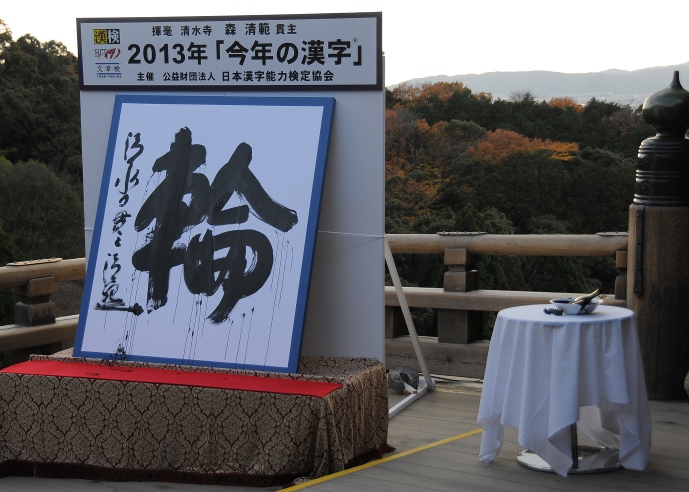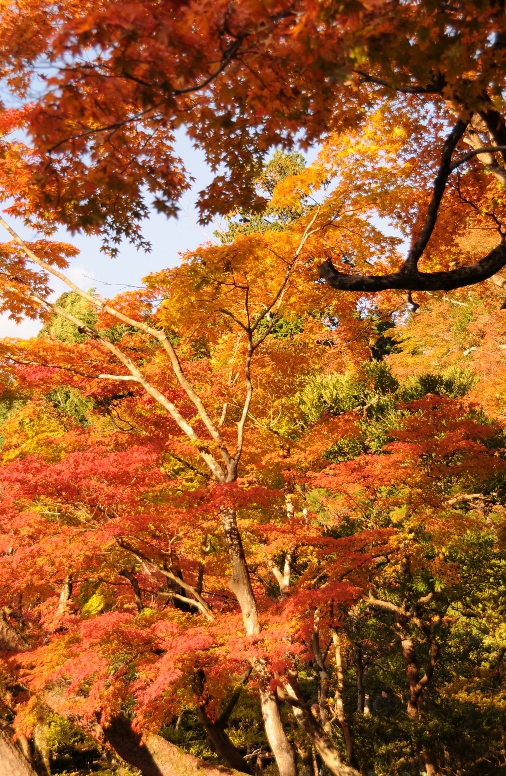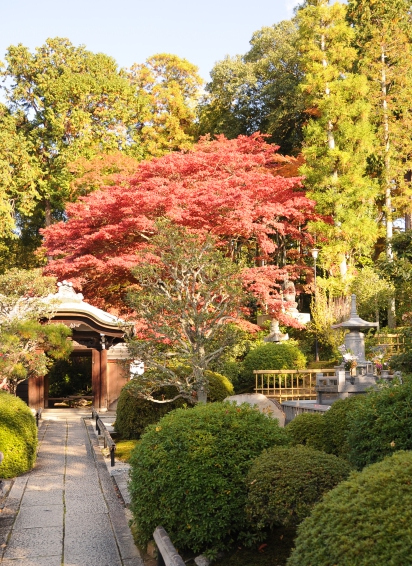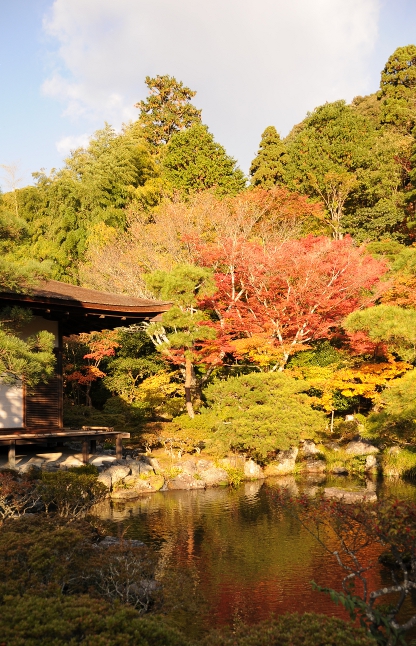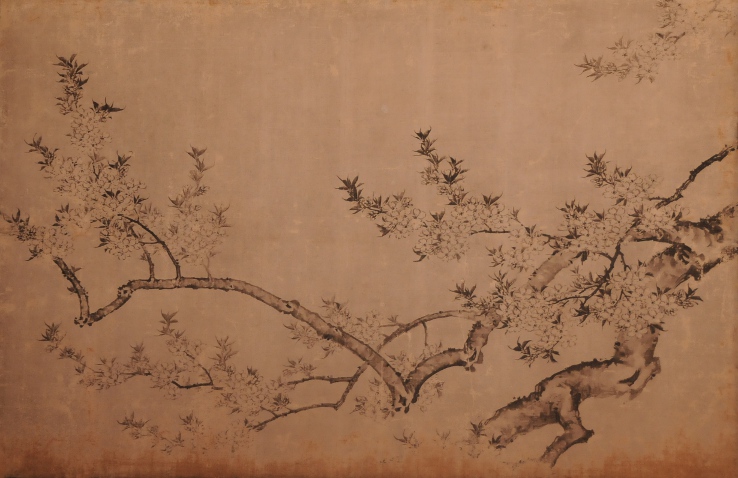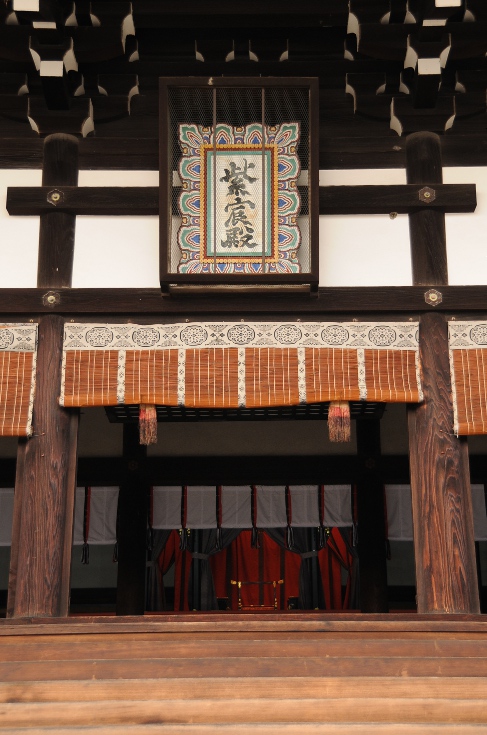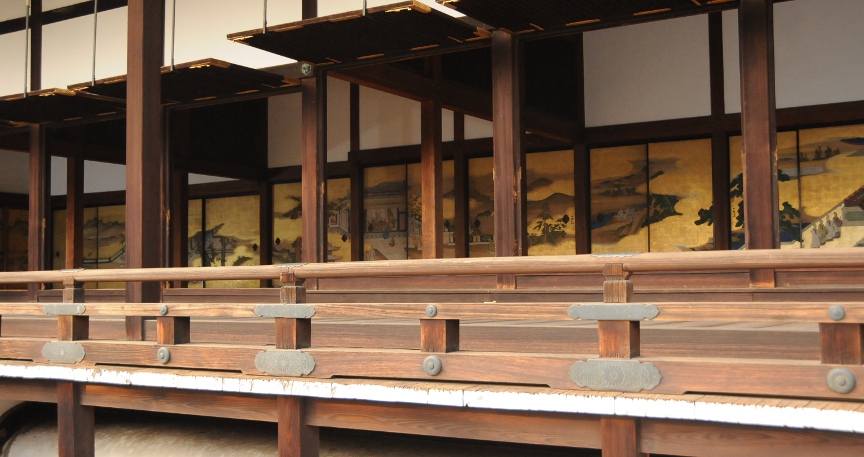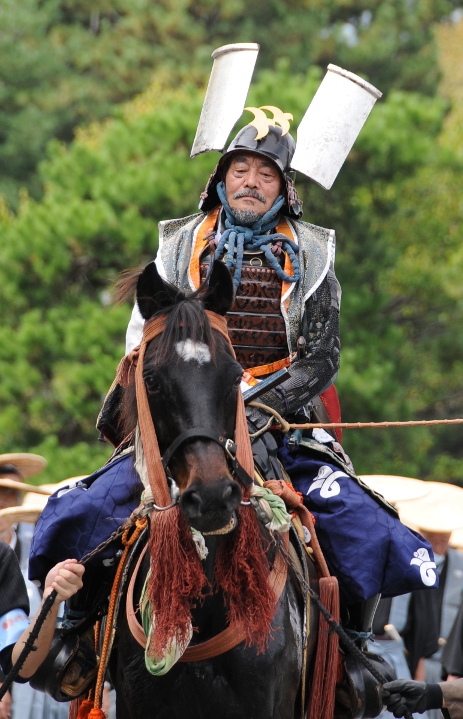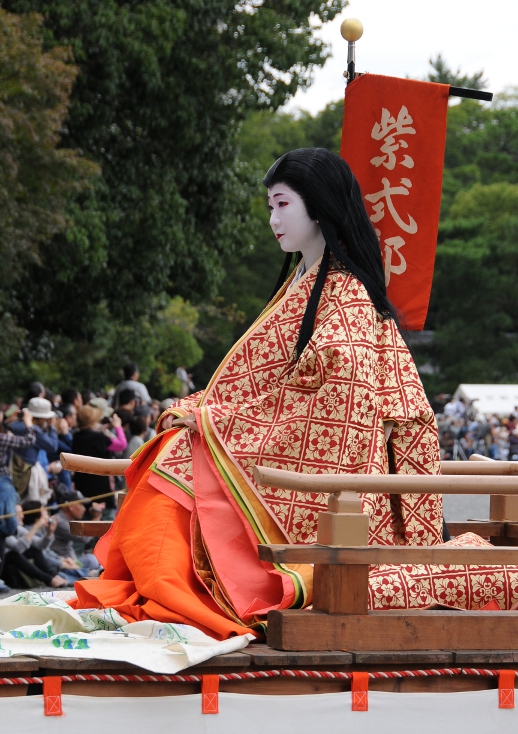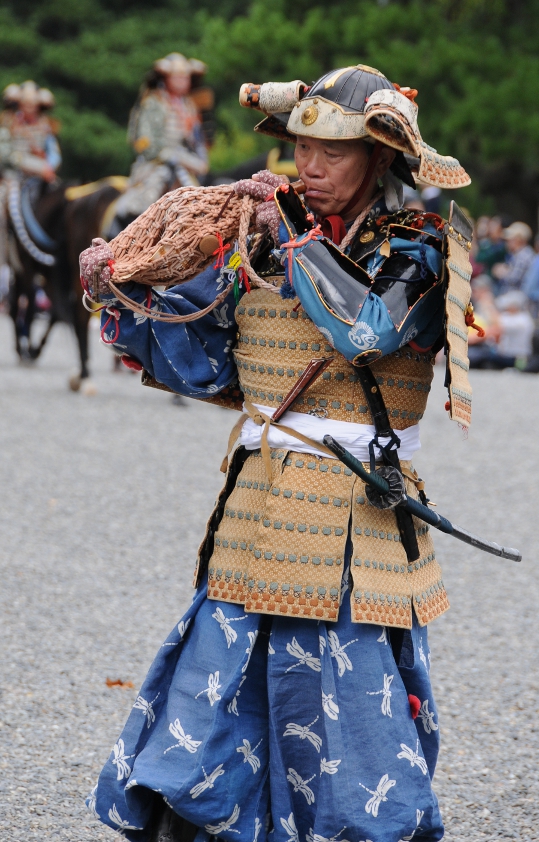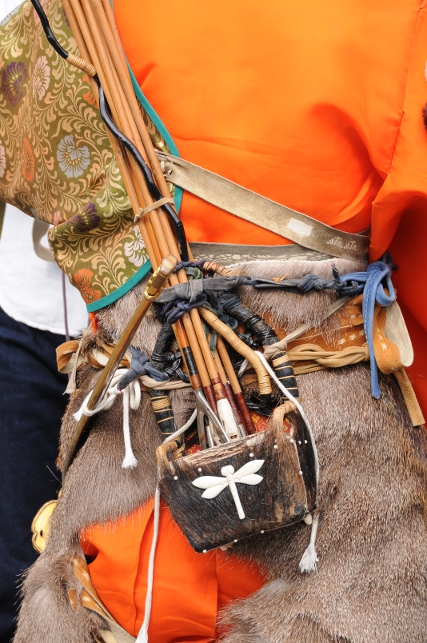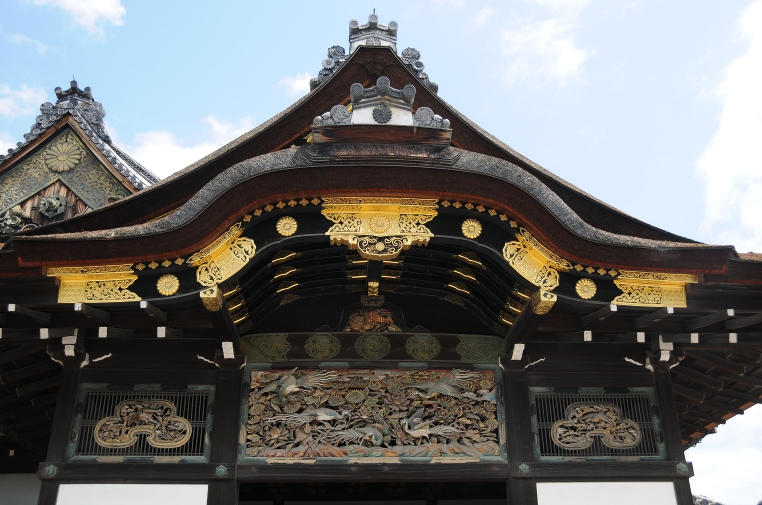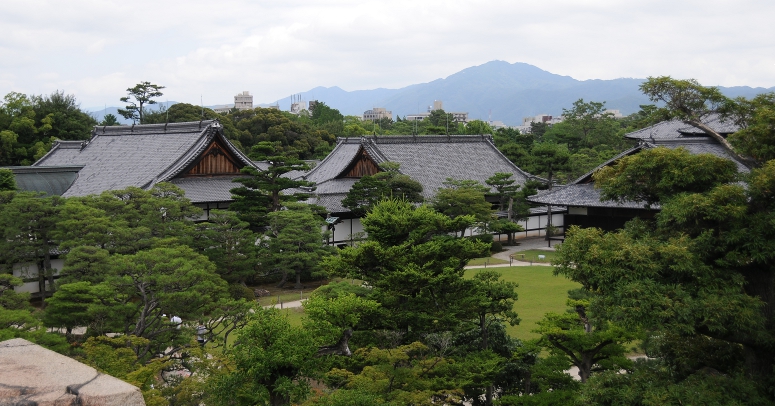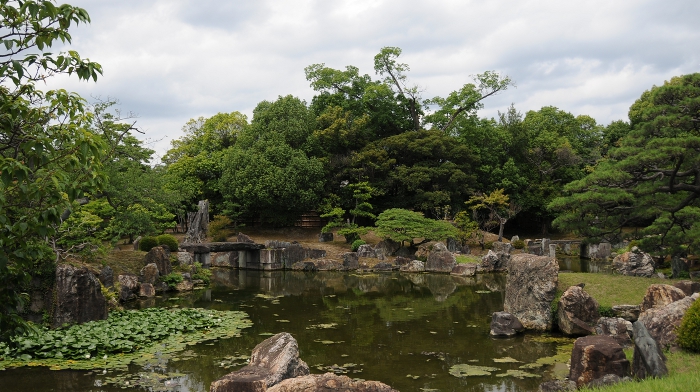Last week I was very busy. First of all, my soroban lessons started in earnest, we did three classes last week. Right now we are reviewing what I have learnt before, it is going okay, but I still make many mistakes. And that’s although I am not worried about speed at this point…
The big thing was the conference last week at Kyoto University, in my “old” field, so to speak. I went there several times, mainly because colleagues from my last university were attending the conference and they had asked me to do some sightseeing with them. We had lunch together on Monday, and I spent Tuesday afternoon showing them my personal highlights of Kyoto. Those are not that small or unknown places – certainly not for the Japanese – but I don’t think they would make the Top 10 of must-sees in Kyoto. My friends seemed to be very happy about that. On Friday, three of us went out the whole day; I have mentioned that. We went to the Silver Pavillion and the Philosopher’s path, and because of a problem with my watch, we were almost too late for lunch, which was my personal highlight of the day:
We had kaiseki for lunch, Japanese haute cuisine, which is especially renowned in Kyoto. There is a small ryokan, a traditional Japanese inn not far from my place, usually those serve kaiseki, and I had made a reservation the day before. Although only three people, we had our own room with a view onto their perfectly kept Japanese garden. On each of our places (we were sitting on a table, and not on the floor; I was a bit disappointed, but my friends were rather glad about it), lay an old poem, handwritten by the “lady of the house” onto beautiful Japanese handmade paper. Japanese calligraphy is hard to read, even for Japanese, but, as a special extra, there was a small slip with an English translation glued to the back of each poem. Our menu consisted of seven courses, and although you cannot choose what you would like to have – when you make the reservation you state the price only – we were extremely pleased with the food: There was lots of fish and seafood, many vegetables, all in season and from local sources, all cooked to absolute perfection, each bite marvellous. We were served by a woman in Kimono who only spoke Japanese, naturally, and in between the courses we admired the garden and the details and decorations of the room.
After lunch we took a train down to Fushimi Inari shrine, where we… well, let’s be honest, we ran up the hill and through all the torii. This was the main thing my friends wanted to see that day, and it was the most exhausting part of the day; my German friends with their long legs obviously had less of a problem with it than I did. Anyway, it was very nice, and while catching my breath very now and then I could even take a few pictures, chiefly of the red torii, but also some of the many cats that are living around the shrine. Finally, dinner took place in downtown Kyoto, at a simple running sushi place, but nevertheless delicious.
The conference was nice, although I only went to one of the talks. There were a large number of old friends and colleagues, one of whom I hadn’t seen since I did my PhD; students, postdocs, and professors from the various universities I have worked at and with before, my PhD advisor… It was very nice to see them all again and catch up with people. Never before had I had the feeling that so many people were so happy to see me. 😉
What I found most interesting though, is that although I enjoyed going there and meeting all these people, not for a single moment did I feel regret about having left academia. There was nothing pulling me back, nothing at all to trigger regret or to make me reconsider my decision. I guess, it was a good one after all.

